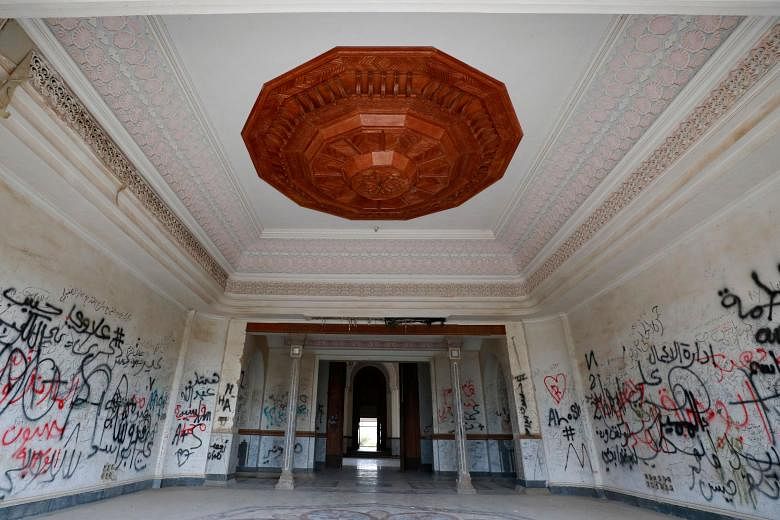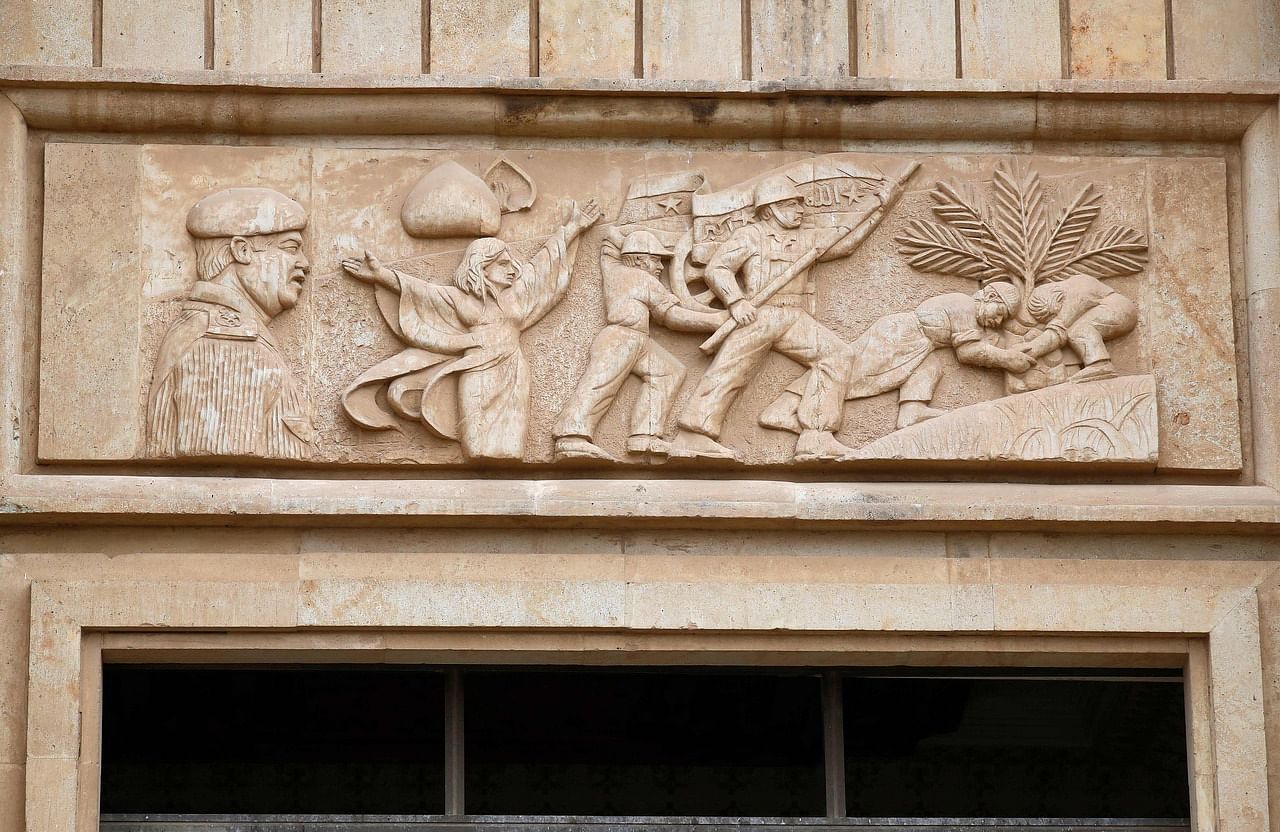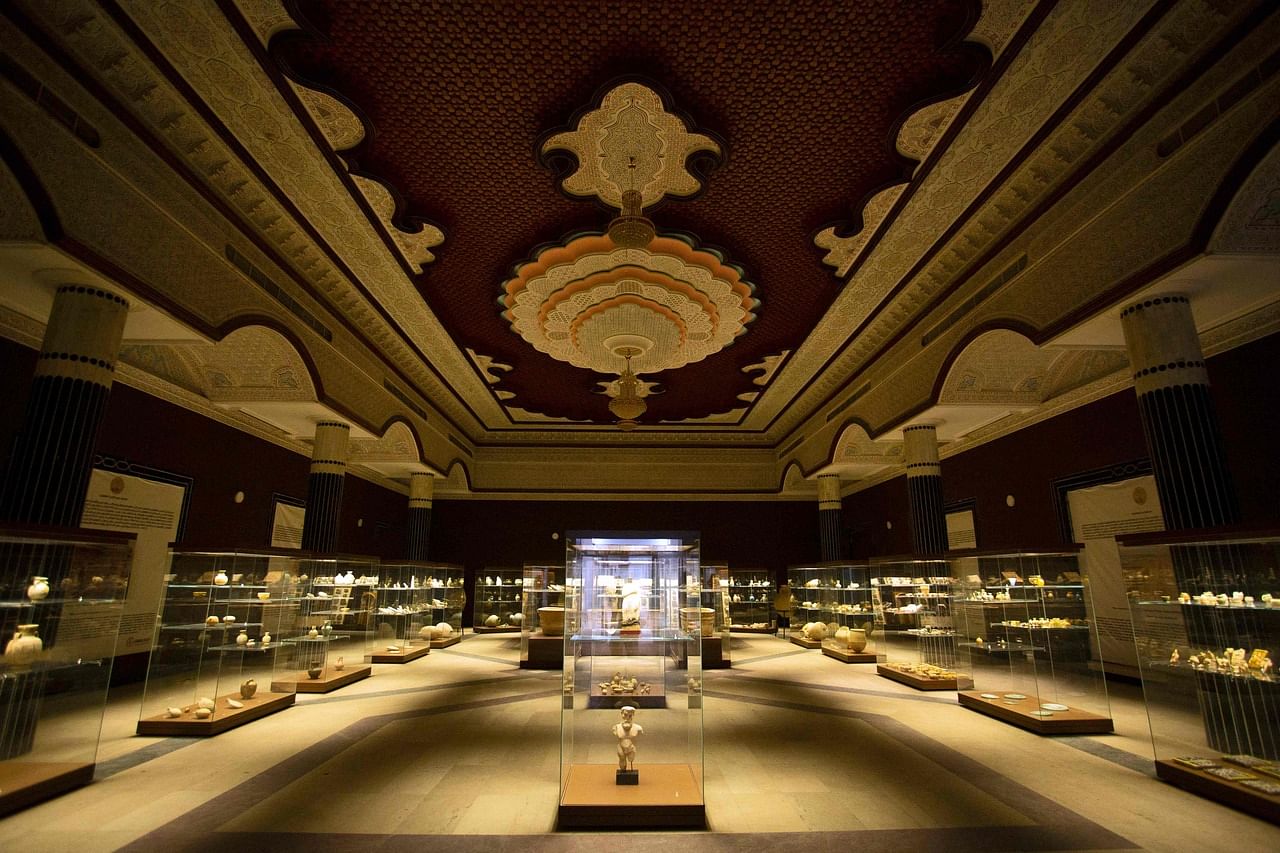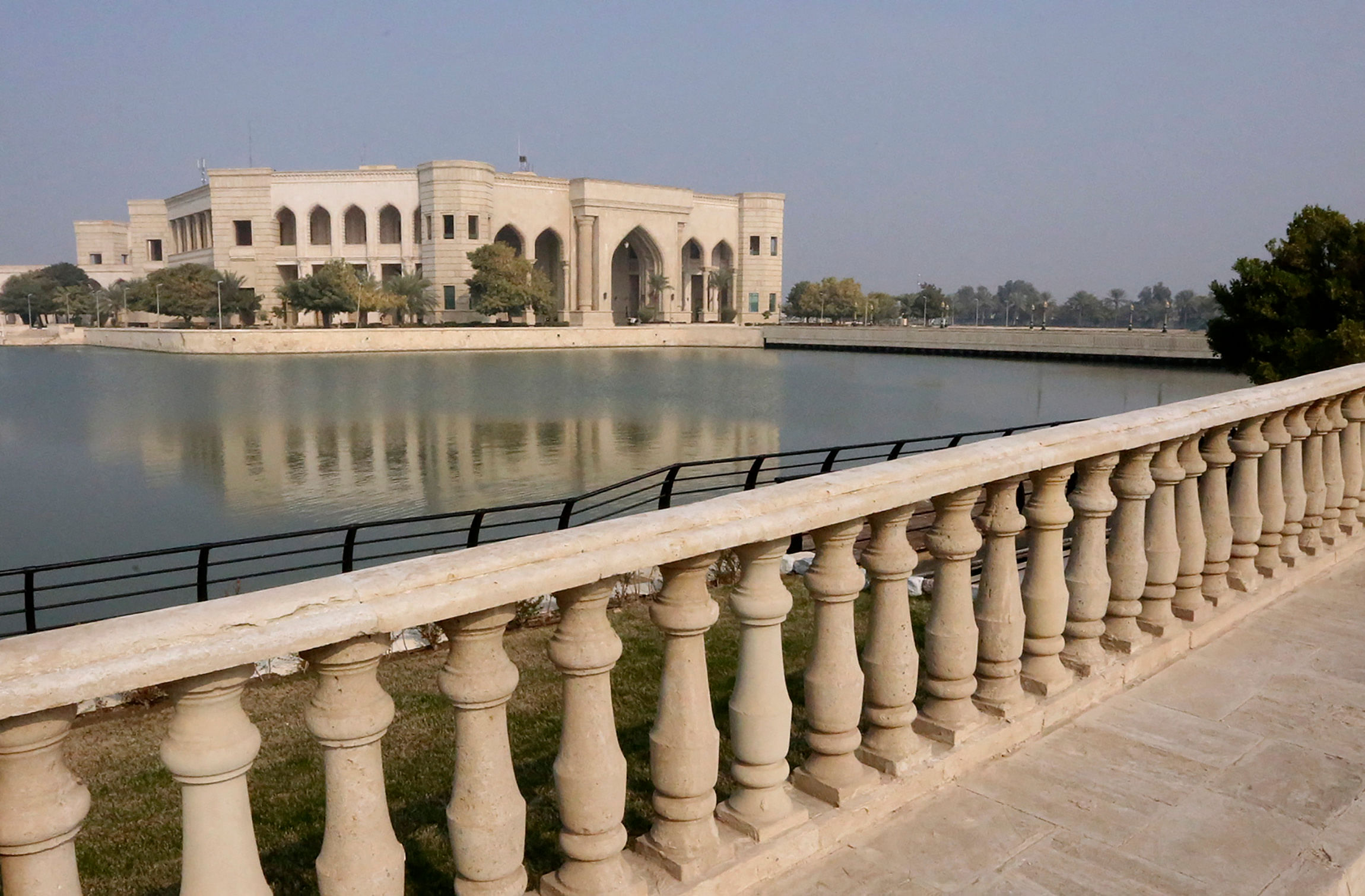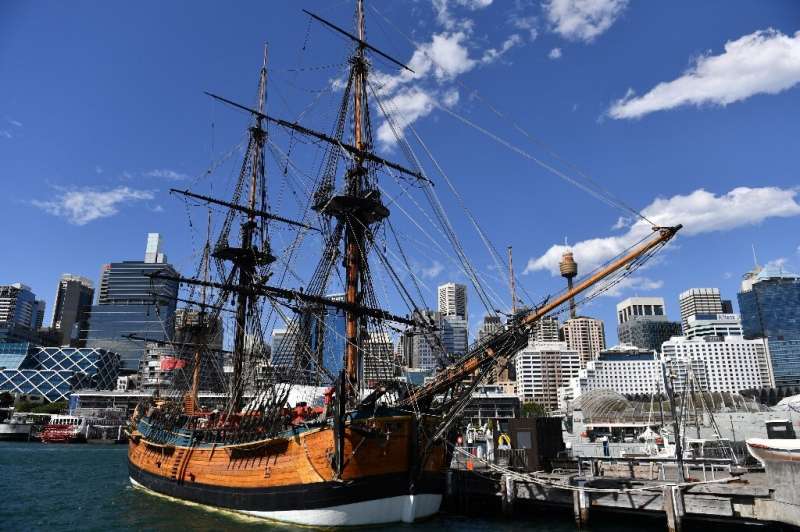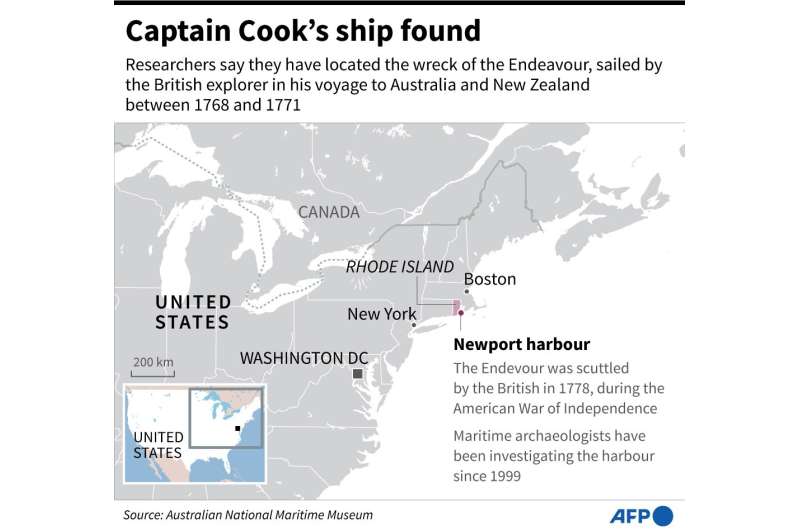FEMICIDE
Video of mentally ill woman chained in shack stirs anger in China

The brief clip, posted by a blogger on Douyin, raised many questions, and social media users demanded answers.
PHOTO: SCREENGRAB FROM MANYA KOETSE/TWITTER
PUBLISHED
FEB 1, 2022,
BEIJING (NYTIMES) - The video was seemingly everywhere on the Chinese Internet: a middle-aged woman standing in a doorless brick shack, a dazed expression on her face, wearing no coat though it was the middle of winter.
Around her neck was a metal chain, shackling her to the wall.
The brief clip, posted by a blogger on Douyin, China's version of TikTok, raised many questions, and social media users demanded answers. Who was she? Why was she locked up? And under what circumstances had she given birth to the eight children living in the house next door who said she was their mother?
As anger built, officials in Jiangsu province, where the video was filmed last week, issued a terse statement.
The woman, surnamed Yang, had married her husband in 1998, it said, and was not the victim of human trafficking.
She had been diagnosed with mental illness, but "at present, she has already been treated, and her family has been given further assistance, to ensure they have a warm Lunar New Year".
Many commenters were only more incensed. A delegate to China's legislature, who is also a well-known screenwriter, said she had reported the case to the "relevant leaders".
Mr Hu Xijin, the former editor of Global Times, a state-controlled tabloid, said anyone with common sense could see that the woman had been treated inhumanely. But officials seemed to have blindly accepted the husband's story, he added.
"To forcibly have so many children with a mentally ill person, and turn her into a reproductive tool - is this not illegal?" Mr Hu wrote on the social media platform Weibo.
The video, and the officials' response, drew renewed attention to several longstanding problems in China.
Chinese society traditionally regarded mental disorders as deeply shameful, and people with such conditions were hidden at home or confined in institutions.
Today, although that view is changing, resources remain limited mostly to cities.
In rural areas, like the coastal province north of Shanghai where the video was made, old attitudes remain widespread
Decades of the Chinese Communist Party's one-child policy have also led to a shortage of women, as many families abandoned infant daughters or aborted female fetuses in hopes of having a boy next time.
As a result, a bride-trafficking industry has emerged.
News reports have also highlighted cases of women with mental illness or an intellectual disability getting married when it was unclear whether they had truly given consent.
More broadly, legal protections against sexual and domestic abuse remain weak or poorly enforced. Marital rape is not a crime in China.
And the case underscored, yet again, how wary the authorities are of any upswell of public opinion.
Even as pro-government voices such as Mr Hu criticised the local officials' response, Douyin shut down the account of the blogger who had originally posted the video of Yang on its platform. (The video was soon reposted by social media users on other platforms.)
Weibo also censored some related hashtags.
"Even though officials will respond to turbulent public opinion, they always want to keep the response and solution firmly under control," said journalism professor Fang Kecheng at the Chinese University of Hong Kong, who studies media and politics.
"They don't want the people to talk or organise too much.
In a longer follow-up statement on Sunday, officials said they were investigating Yang's husband for locking her up.
They did not address concerns about whether she had been forced into having children, although they said her husband had "used various methods to evade the family planning department's management". (Until last year, China limited most couples to having two children.)
The new statement maintained that Yang had not been trafficked, and it said that her mental illness had led her to be violent toward her children.
How Yang and her family came to public notice is unclear. Yang's husband, whom authorities identified by the surname Dong, appears to have gained attention online last year, when local bloggers discovered that he had eight children, seven of whom were sons.
Because having many boys is traditionally considered lucky, people sought Dong out for interviews. And Dong himself began posting videos on Douyin showing off his children.
The videos had captions like "The kids and I" or "Eight children's happy childhood".
None of the 13 videos on his page appear to show Yang.
Dong's Douyin profile is still visible on the app, but attempts to message him there brought a notification that his account had been shut down.
The blogger who posted the viral video of Yang visited the family's home in Feng County, near the city of Xuzhou, on Wednesday.
His profile, which like Dong's is still visible but deactivated, does not include his name.
A short description says that he lives in Xuzhou and posts videos of "special households".
The other videos on his profile show him interviewing people with disabilities and underprivileged residents.
In the video of Yang, one of the young sons tells the blogger that he takes food to his mother every day.
Then the video cuts to the shack. Yang is standing beside a table, on which sits a bowl of food that appears to have frozen solid.
The blogger asks Yang if she is cold, and if she can understand him. She shakes her head several times.
"In this weather, what has this big sister gone through?" the blogger asks. "Where has our love gone?"
After county officials issued their first statement on Friday, public scepticism was immediate.
Under a Weibo hashtag about the response, which has been viewed more than 190 million times, commenters asked why officials seemed to suggest that her mental illness explained her being locked up but did not appear to consider if the situation raised questions about whether she had consented to bearing eight children.
On Sunday, officials issued another statement. They said that in 1998, Yang had been taken in by the father of the man who was now her husband, after the father found her begging on the street.
"Over time, it was found that Yang showed signs of mental disability but could still take care of herself," the statement said.
When Yang and Dong went to register their marriage, it continued, the local staff "did not strictly verify their identity information".
Dong began locking up Yang in mid-2021, when her condition began to deteriorate, the statement said.
Officials said they had not found Yang's name in any national databases of missing people.
In addition to investigating Dong, they said that they had given Yang a diagnosis of schizophrenia and that she was in a hospital for treatment.
In recent years, other high-profile cases have raised questions about protections for people with mental illnesses or disabilities, especially women, when it comes to marriage and childbirth.
In March, another viral video showed what appeared to be a wedding ceremony in Henan province between a 55-year-old man and a 20-year-old woman with an intellectual disability, who was crying on camera.
Local officials later told reporters the couple could not marry, because of the woman's condition, but could live together.









